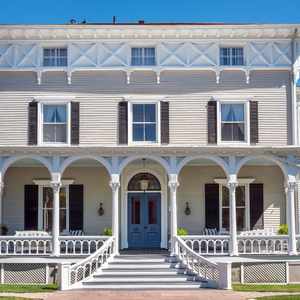Q:
I began remodeling a 1920s Victorian house in upstate New York about two years ago. Currently I am converting the attic space to a master-bedroom suite. One of the most confounding aspects of this job is the proliferation of flies. By replacing the old roof boards with plywood sheathing underlayment, I thought I would solve the problem. But the flies are still here. They congregate around the windows and eventually die. I have tried spraying the unfinished space, but they keep coming back. Any suggestions?
Peter Gyulavary, Brooklyn, NY
A:
Phillip Pellitteri, distinguished outreach specialist at the Insect Diagnostic Laboratory in Madison, Wisconsin, replies: Sounds like a classic case of cluster-fly, or Pollenia rudis, infestation. Cluster flies are more sluggish and slightly larger than house flies, for which they are often mistaken. Cluster flies commonly appear in homes around September or October and settle in for the winter. Flies inside the attic or stud bays can wake up during warm winter days and work through light fixtures or other viaducts into the living space. They collect at windows and usually die in a few hours. Dead flies inside can create carpet-beetle and other insect problems.
When the weather breaks, around April or so, the survivors head back outdoors to find earthworms, on which they’re parasitic. They do not breed indoors. Lush, wet years result in higher populations of cluster flies.
Thirty years ago, exterminators poisoned lawns to kill the earthworms, which was supposed to kill the flies. But cluster flies can come from miles away, and the treatment is no longer legal.
The best control is to keep the flies out. Ventilation systems must be screened. Any opening, such as loose siding, openings around window and door frames or expansion joints, can let thousands of flies in to spend the winter. If you can seal the access sites, you have permanent control. Once cluster flies get inside, you must wait until next season to keep them out.
Old houses like yours aren’t usually very tight, and insects find their way inside easily. Spraying the house’s exterior may be the only way to keep the cluster flies out. You probably won’t be able to kill them with spray at this point because it’s difficult to reach their hiding places—in stud bays and under attic insulation. Spray in September to kill the flies before they get in. Winter and spring treatments are not effective because the flies are already in the house. Use a synthetic pyrethroid insecticide, which is formulated to be effective, even when temperatures are below 60°F. You’ll have to spray every year, so be prepared for that annual expense.

























